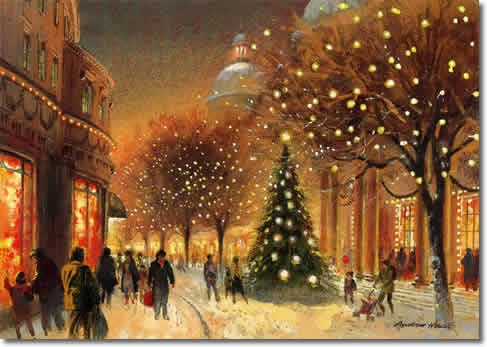A Nation of Contrasts: Exploring the Diverse and Dynamic American Character
To understand the American character is to understand a nation built on diversity. Any attempt to define a single "American outlook" must be made with caution, taking into account the country's immense size, its varied geography, and what President John F. Kennedy famously called its identity as "a nation of immigrants." This article delves into the key elements that shape this complex and ever-evolving identity.
A Land of Astonishing Scale and Variety
The sheer physical scale of the United States is often the first thing that overwhelms visitors. As the world's fourth-largest nation by area (after Russia, Canada, and China), its 50 states encompass nearly every type of landscape and climate imaginable. One visitor aptly noted, "No one should have to see America for the first time," capturing the feeling of awe inspired by its vastness.
A homesick immigrant can likely find a corner of the U.S. that mirrors their native land. The country contains towering mountains and vast, flat cornfields; arid deserts and lush tropical regions; sprawling prairies and dense forests. This geographic diversity leads to an equally diverse climate. While summers are warmer than winters nationwide, the extremes are vast—from the sun-drenched beaches of southern Florida, where tourists sunbathe in December, to the arctic chill of northern Alaska, where winter temperatures can plummet to dangerously low levels.
"A Nation of Immigrants": The Human Mosaic
The diversity of the land is matched only by the diversity of its people. The United States is the third most populous country in the world (after China and India), with a population of over 335 million people. While the majority were born in the U.S., their roots trace back to every corner of the globe, creating one of the most varied populations in terms of national ancestry.
This rich tapestry is reflected in the nation's racial and ethnic demographics. According to recent U.S. Census data:
Approximately 59% of the population identifies as White.
The Hispanic and Latino population makes up over 19%, representing the nation's largest ethnic minority.
Roughly 13% of Americans identify as Black or African American.
About 6% are of Asian descent, with numerous other groups making up the remainder.
For newcomers, the sheer variety of appearances can be surprising, but for Americans, it is a fundamental part of the national identity. These differences are more than skin deep, as the values and customs of the "old country" can persist for generations, blending with and altering the broader American outlook.
More Than Just an Accent: The Enduring Power of Regional Identity
Traveling across the United States, one quickly becomes aware of distinct regional differences that go beyond geography. Most Americans can identify where another American is from simply by their accent, whether it's the clipped tones of a New Englander, the slow drawl of a Southerner, or the standard Midwestern accent often heard on national television.
These regional flavors extend to culture and personality:
Cuisine: Cooking styles vary dramatically, influenced by the immigrant groups who settled in each region and the local agriculture.
Recreation: Lifestyles are shaped by climate and geography, from skiing in the Rocky Mountains to surfing in California.
Personalities: Long-held stereotypes suggest regional personality traits. New Englanders are often seen as stern and self-reliant, Southerners as gracious and leisurely, and Westerners as casual and friendly.
The Great American Unifier: Modern Life and Mass Culture
However, many of these historic regional differences have been softened by the powerful forces of modern life. A traveler journeying from the East Coast to the West Coast will see a familiar landscape of shopping centers, supermarkets, and motels.
Franchise businesses have created a uniform look for stores and restaurants nationwide.
National advertising has cultivated a shared taste in consumer goods.
National news media and entertainment influence attitudes, styles, and a common understanding of world events.
This creates a central paradox of the American character: it is a nation defined by its incredible diversity, yet simultaneously shaped by powerful forces of cultural homogenization. The "mystery" of the American people is, in fact, the nation's defining feature—a constant, evolving, and dynamic blend of countless different stories.




Comments
Post a Comment